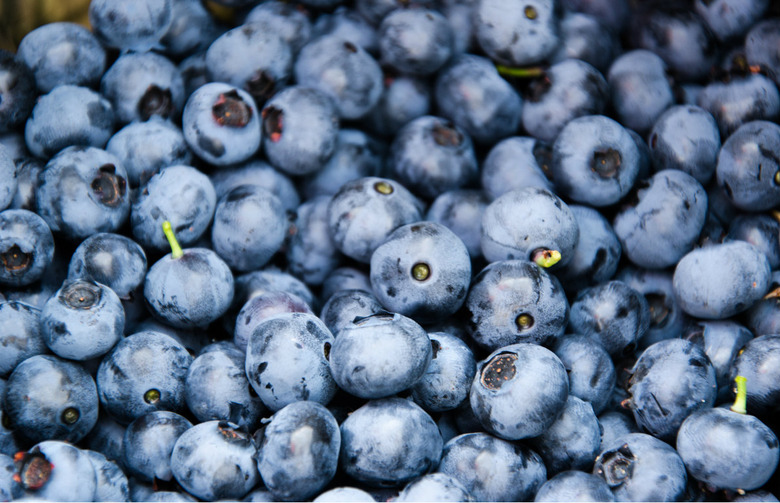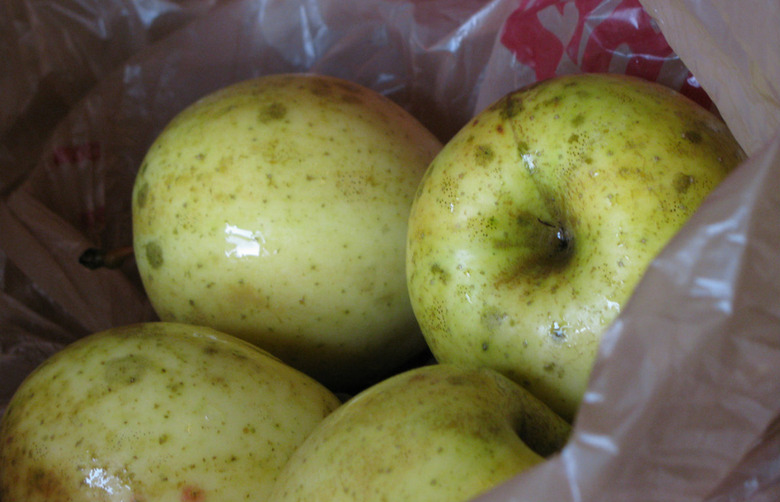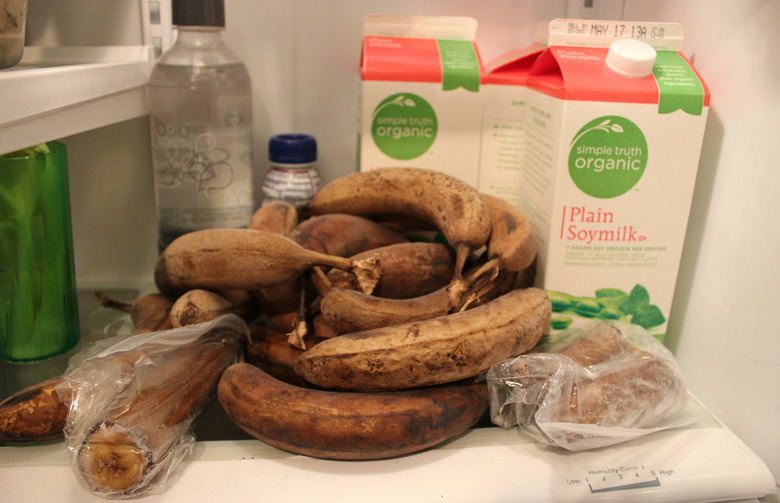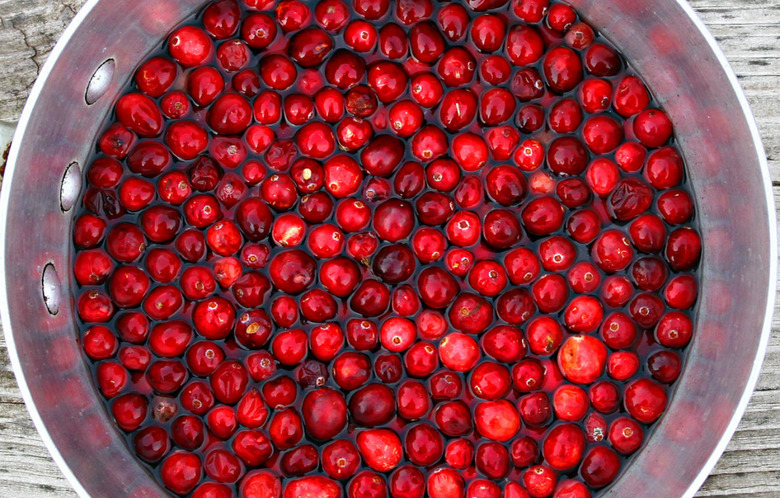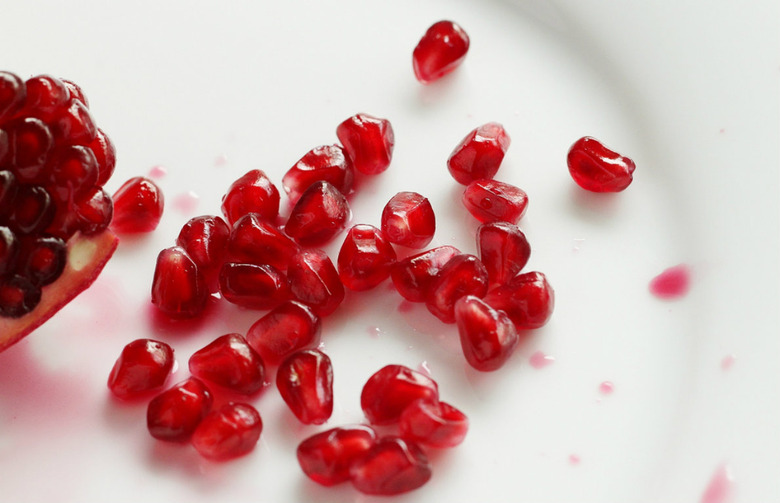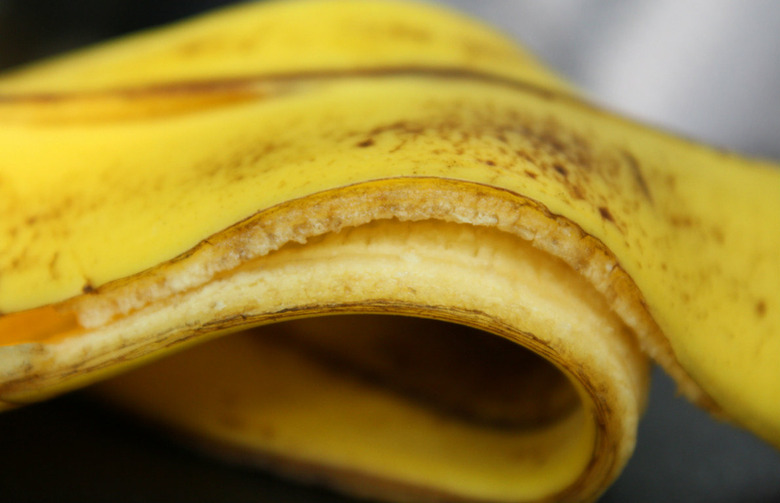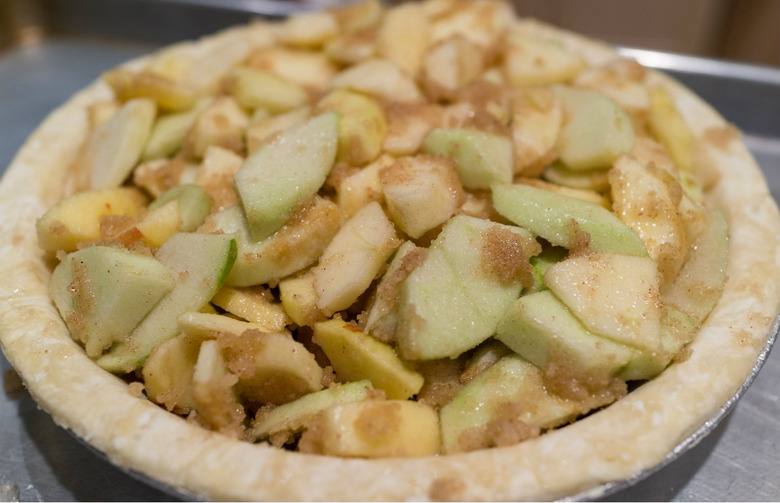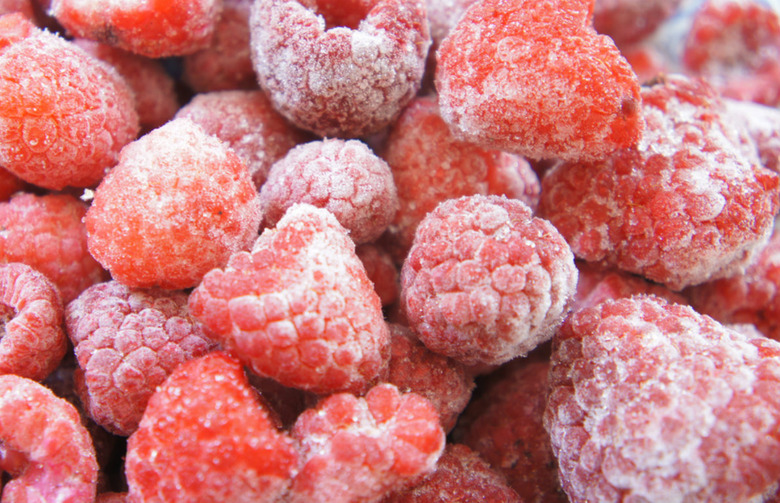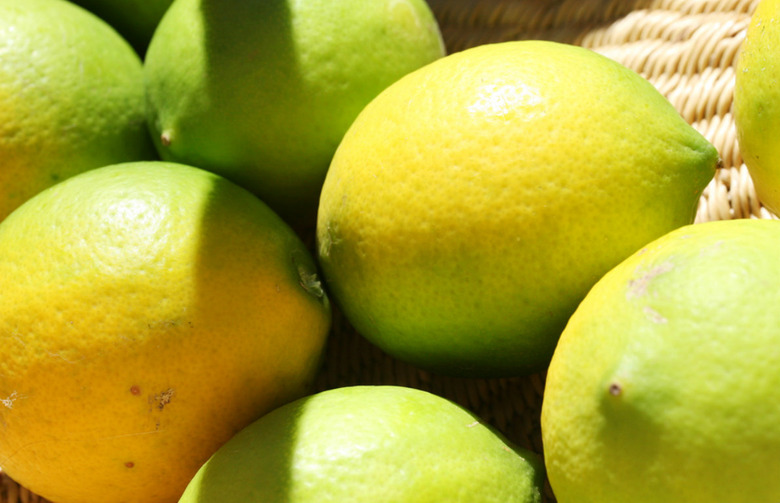9 Ways You Are Ruining Your Favorite Fruits
Now that the season of farmers markets is upon us, there's no better time to explore far and wide the expansive world of fruits, whether that means slicing up an unusual varietal of apple or taking a chance on something you've never tried before, like rambutan or cactus pear.
As fruits abound, however, it also means that it's time to brush up on your methods of cleaning and preparation, as well as the best practices for creating enviable fruit pies all summer long. To keep your fruits fresh for as long as possible, be careful of how and where you store them — berries, for instance, will stay fresh for much longer with the help of a vinegar bath.
You’re Buying Them Wrong
Although it might feel impossible to go wrong with fruit in the summer, that's not quite the case. For example, don't just buy blueberries because they're a nice shade of blue; instead, look for a silvery bloom — the natural waxy coating that protects each berry.
Go dark for cherries, but watch out for dried or shriveled stems to avoid cherries that are past their prime.
Pick apples by their bright color and be careful of mealy flesh, which can affect how willing your family is to eat fruit in the future. Finally, if you smell a hint of vinegar in your pineapple, it's too ripe.
You’re Storing Them Wrong
Although you might be inclined to think of the vegetable crisper in your refrigerator as a general storage area for all produce, fruits and vegetables should not kept together. That's because many fruits produce ethylene gas, a naturally occurring ripening hormone that can speed up the time it takes produce to spoil.
If you do notice that one piece of fruit is riper than the others, you should isolate it so that the rest of the batch stays fresh. In fact, the phrase "bad apple" comes from the idiom "one bad apple spoils the barrel."
To That End, Not All Fruits Are Equally Gassy
Until you're ready to eat or ripen, store apples, melons, and figs in the refrigerator to limit the production of the ripening hormone.
Avocados — yes, they are fruits— as well as bananas, nectarines, peaches, pears, and plums, should stay out of the refrigerator while unripe. With the exception of avocados, which have no place in the fridge, you can refrigerate the rest once you want to slow down the ripening process, including bananas.
You’re Cleaning Them Wrong
Washing fruit is not just about rinsing them under the faucet for a few seconds. You can extend the life of any basket of berries by giving them a diluted vinegar bath (one part vinegar to three parts water), rinsing them with clean water, and then drying them. Store them in the fridge in a sealed container that is lined with paper towels to keep them fresh.
Anything with stems offers a crevice for bacteria — like listeria, E. coli, and salmonella — to hide, so wash with cold water and trim the stems away for safety.
You’re Cutting Them Wrong
One of the most egregious methods of mistreating fruit is the peeling of kiwis, which you should never do again. Similar to the standard treatment for an avocado, save yourself a lot of time with the simple scoop method, which is infinitely easier to manage.
Meanwhile, Alton Brown has the best method of cutting mangoes, and this street vendor has the best method of cutting pineapples that we've ever seen. The latter requires not a small amount of skill, so take it slow.
Finally, if you've avoided pomegranates all your life because you can't figure out how to deseed them without making your kitchen look like a crime scene, study this method of opening them by section, or experiment with this underwater strategy, which helps all the pith separate from the seeds.
You’re Eating Them Wrong
Apples and bananas, perhaps the two most commonly consumed fruits, are also the most misunderstood. You should think of the apple as fully edible, core and all, because that cyanide poisoning threat is basically non-existent.
According to Snopes, "your body is able to detoxify cyanide in small doses, and the number of apple seeds it would take to pack a lethal punch is huge."
As for bananas, you should be peeling them stem-side down, regardless of the fact that the stem looks like a handle. The side opposite the stem opens much more easily.
You’re Baking Them Wrong
According to Science and Food, a program supported by the UCLA Division of Life Sciences and Department of Integrative Biology and Physiology, "there is an art to cutting your fruit for a pie filling."
For instance, smaller pieces will cook faster, but also lose liquid more quickly in the process. Secondly, consider the geometry of your fruit pie. Science and Food recommends that, after arranging your fruit in the center of the pie, you pat the pieces to make them lay as flat as possible. That way, you'll avoid air pockets, which can expand in the oven.
You’re Freezing Them Wrong
Don't simply toss your leftover fruit in the freezer just because you're not ready to say goodbye. Using heavy-weight, air-tight containers, choose fruit at the peak of freshness and make sure to remove as much air as you can from these containers. After freezing, you have approximately a year before the quality begins to deteriorate.
If you're freezing berries, freeze them first on a baking sheet, and then transfer to a container or freezer-safe bag for storage.
You’re Being Too Picky
Although we do advocate for the careful selection of fruit while shopping, we also want you to know that less-than-beautiful fruit can be just as delicious. The United States Agricultural Marketing Service even has a special section about the importance of fruit's inner beauty:
"Appearance and quality are closely associated in many respects, but fine appearance does not always denote fine quality. Often a very attractive fruit may not taste good because of a varietal characteristic, or because of some internal condition such as overmaturity. On the other hand, a fruit with poor appearance due to poor color or superficial blemishes may be delicious."
